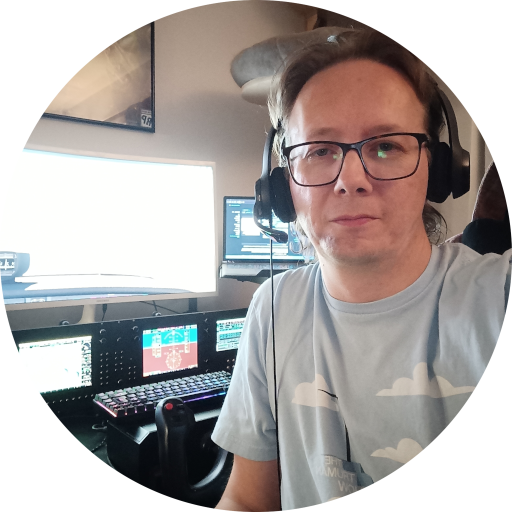|
Marcus Str. Husband, flight sim pilot, IT specialist About | Tweets | Categories |
||
|
Attention owners of these IP addresses! I have reported you for deliberate attempts to acquire illegal access to my server. Have a nice day :) |
||
|
Building a custom cockpit - Part 2 DIY After my initial ideas fell short of either not being able to acquire parts small enough, or finding 3D printing too expensive, I started to design a panel that will span over the entire width of my monitor stand, so that it will fit in seamlessly. For five days I have been working on this design pretty every free minute I could find, and I think the result is something to look at. Of course, right now it is only a 3D render and a Blender model - but it is made to measure, and modeled after actual sizes on my desk. I call this the MarStr Flight M800 All-In-One. The 800 for the 8-inch primary displays. I think I mentioned this in the previous post - I don't have the space for actual G1000 replicas. Plus, I don't think two units (PFD and MFD) are worth 1500 or so Euros. That is way too much. The panel I designed can be build and acquired for a fraction of that cost. The positions of the buttons and rotaries are carefully taken into consideration, so that all components will fit into the unit. The front is now made up of two almost identical parts: - Face plate. It has a 3mm thickness and contains the inner bezels for the screens, and pre-screwed holes for all buttons and rotaries - Back face plate. This one is 6mm thick, but contains actual cutouts for the screens, so that they slide in and get a bezel effect. It contains larger holes for some buttons so that they fit through when assembling Only the front face plate will be fully covered, the back one only where it is needed, for example the bevel edges. Once everything is fully prepared, the two face plates will be locked into place with screws in each corner, creating a solid front for the entire unit. Initially, I was going with Arduinos and solder everything together - but I found a much quicker, and possibly cheaper solution: Zero Delay USB Encoder (Link). And for the rotaries (left and right turning directions): BBI-32 Button Box Interface With Connectors (Link). I may need different cables for this as the unit as a whole is quite long, and the path to the boards in the back may be longer than the length of the cables that come with it. Using those together, it is possible to quickly assemble the unit I designed. Technical specifications: Width: 1m (1000mm) Height: 20.6cm (206mm) Length: 15.1 cm (151mm) 13 rotary encoders 74 buttons (4 of these are on the rotaries) 8 inch displays x2, 1024x768 resolution (4:3) 7 inch touch screen displays x2, 1024x600 resolution (16:9) 4K renders of the design:  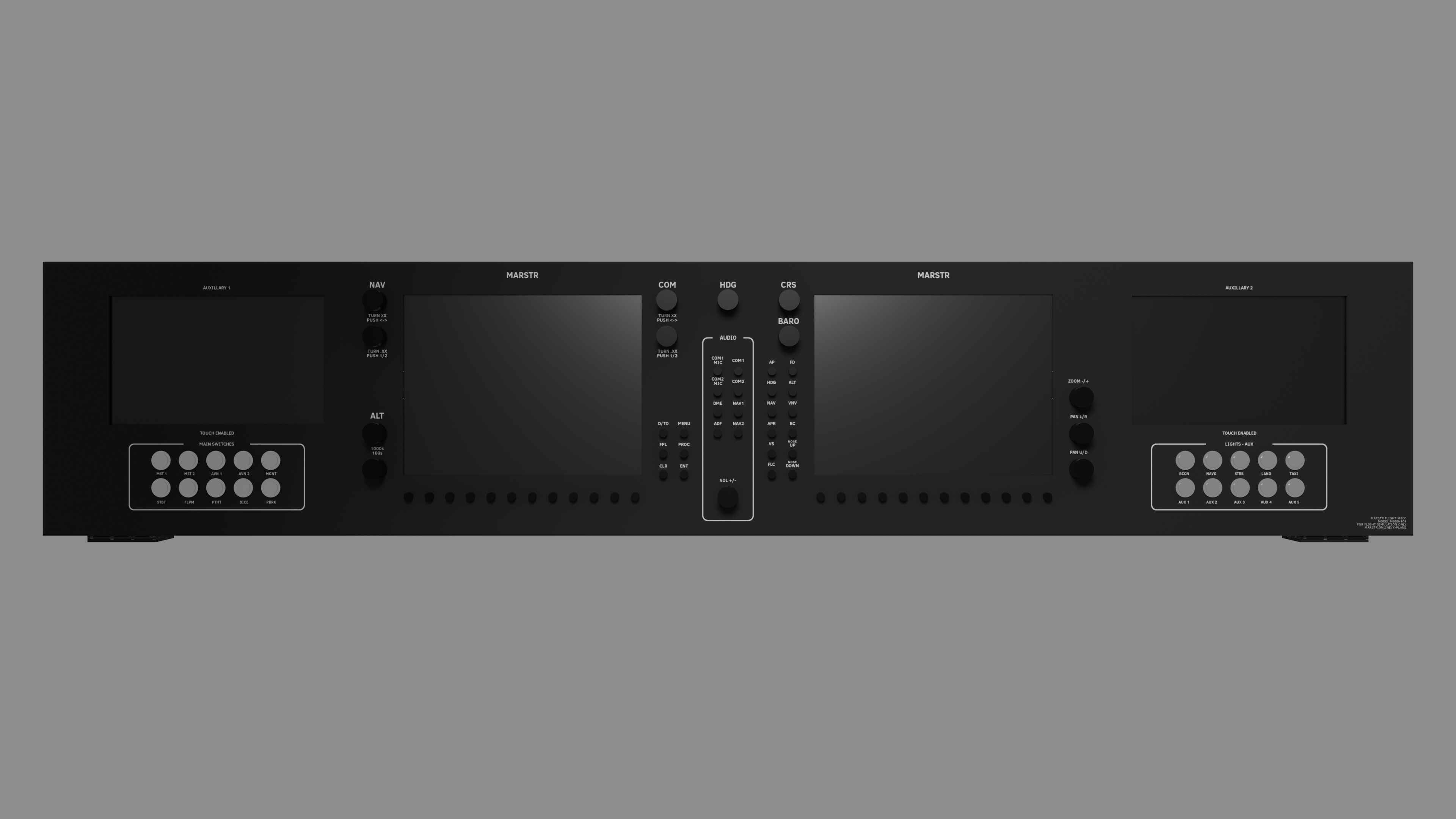 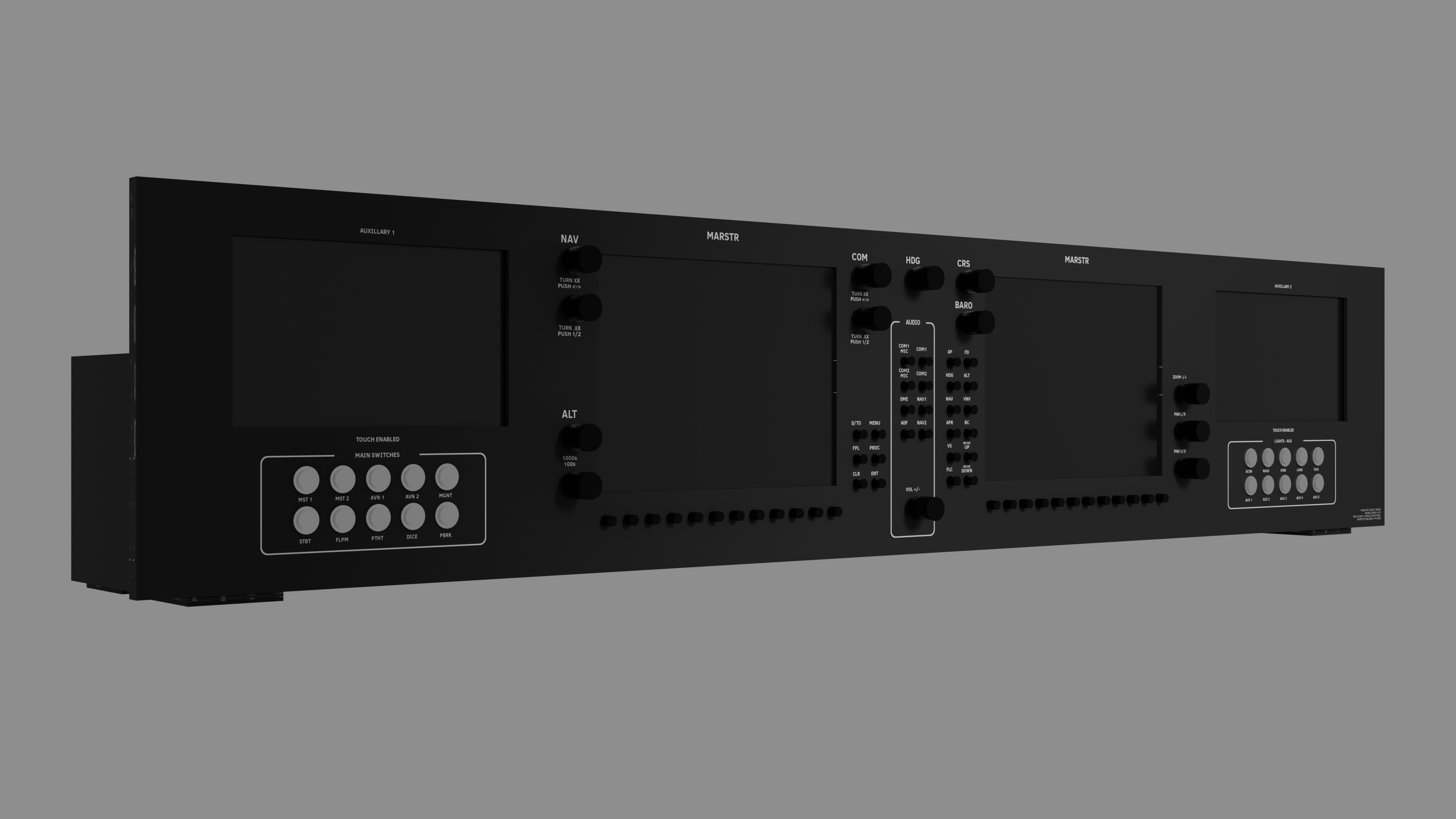 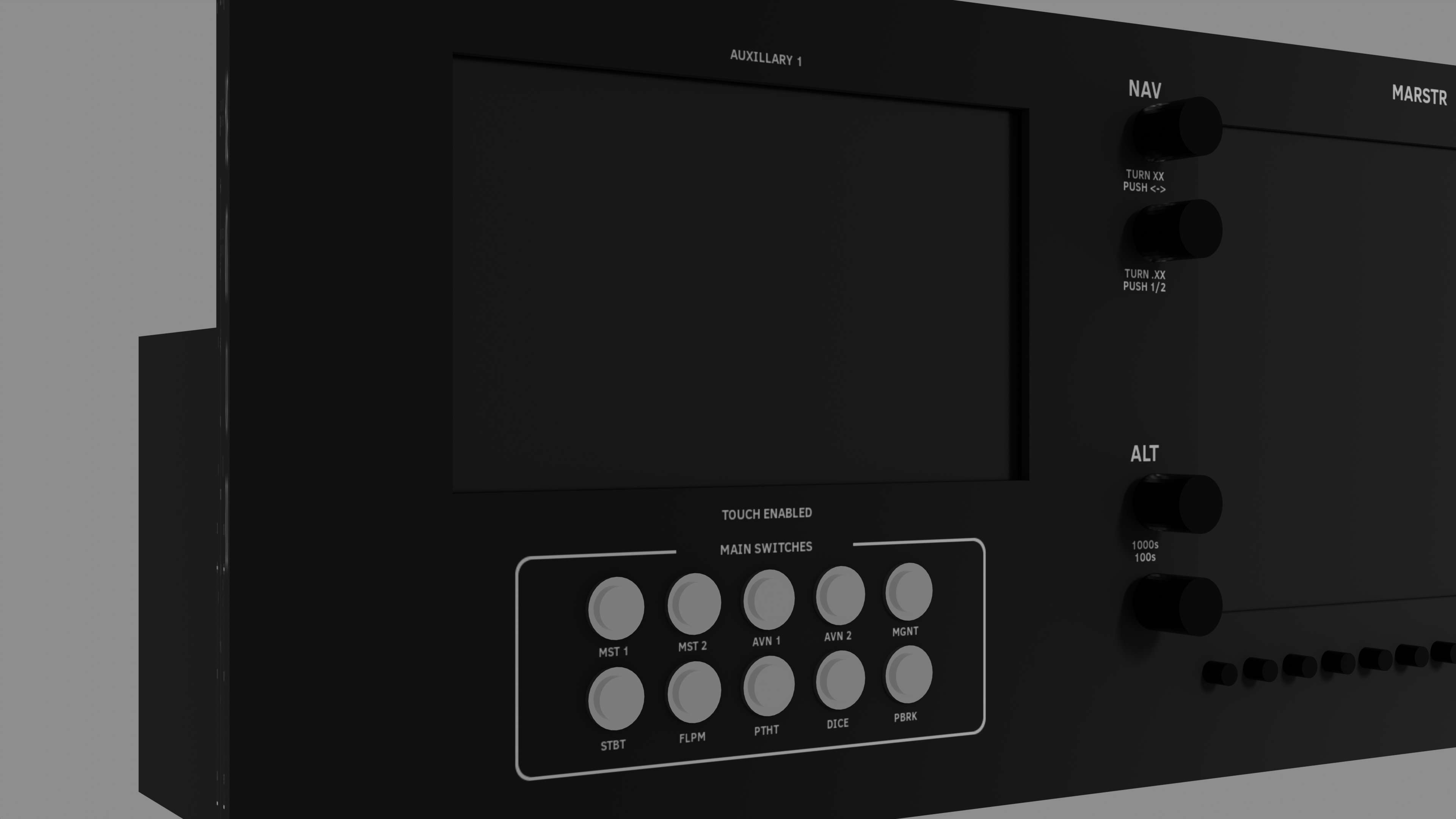 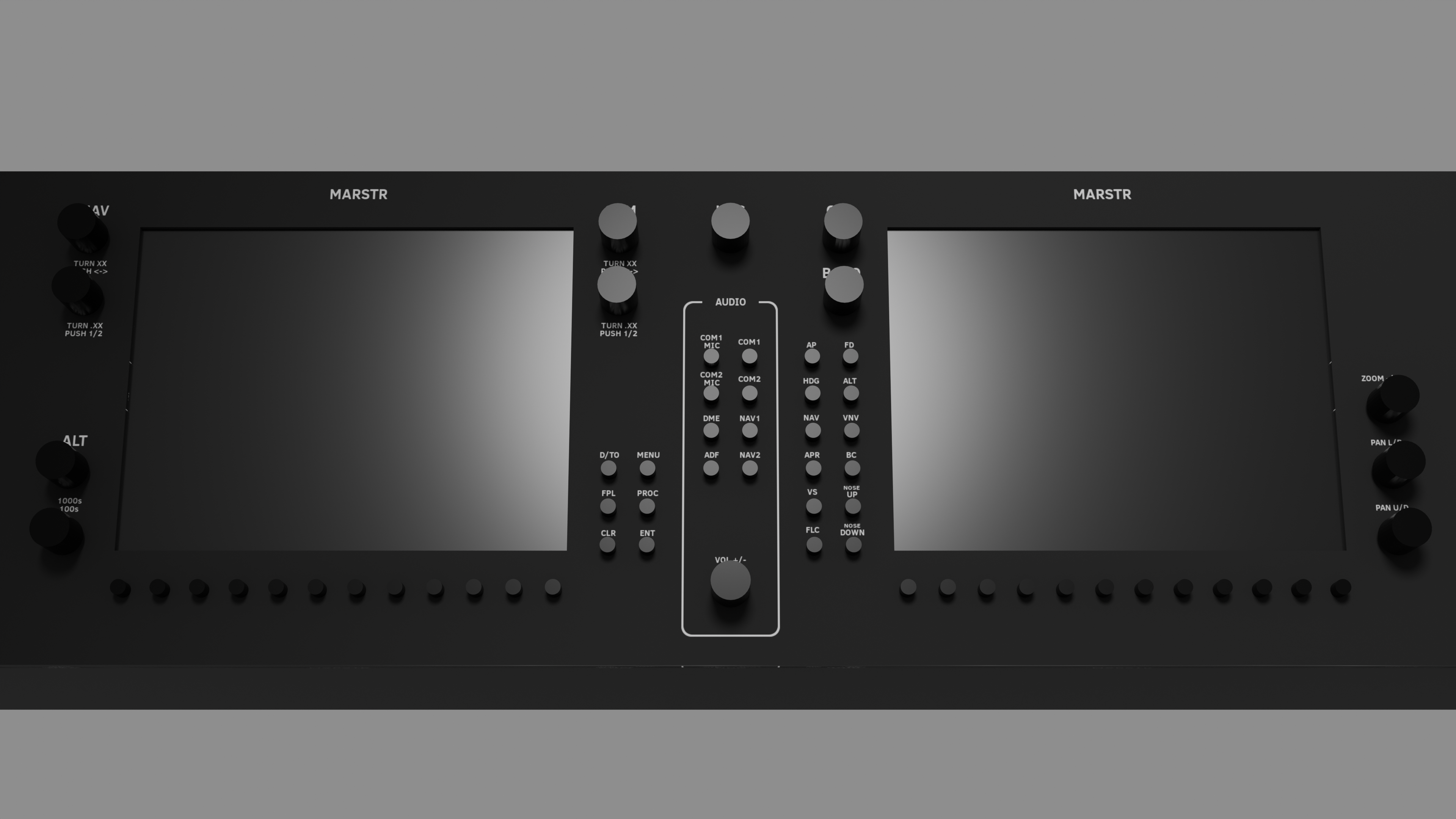 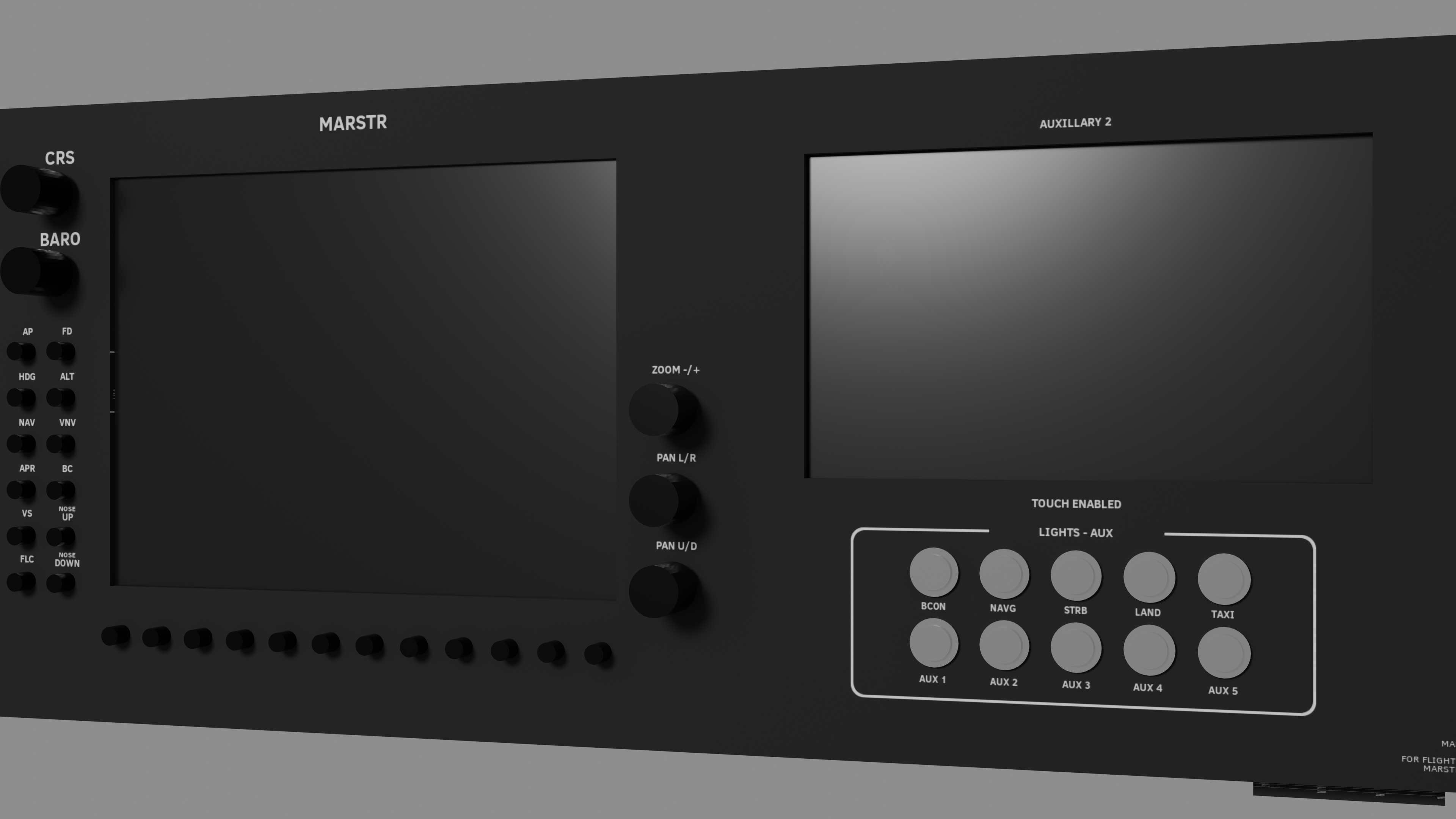 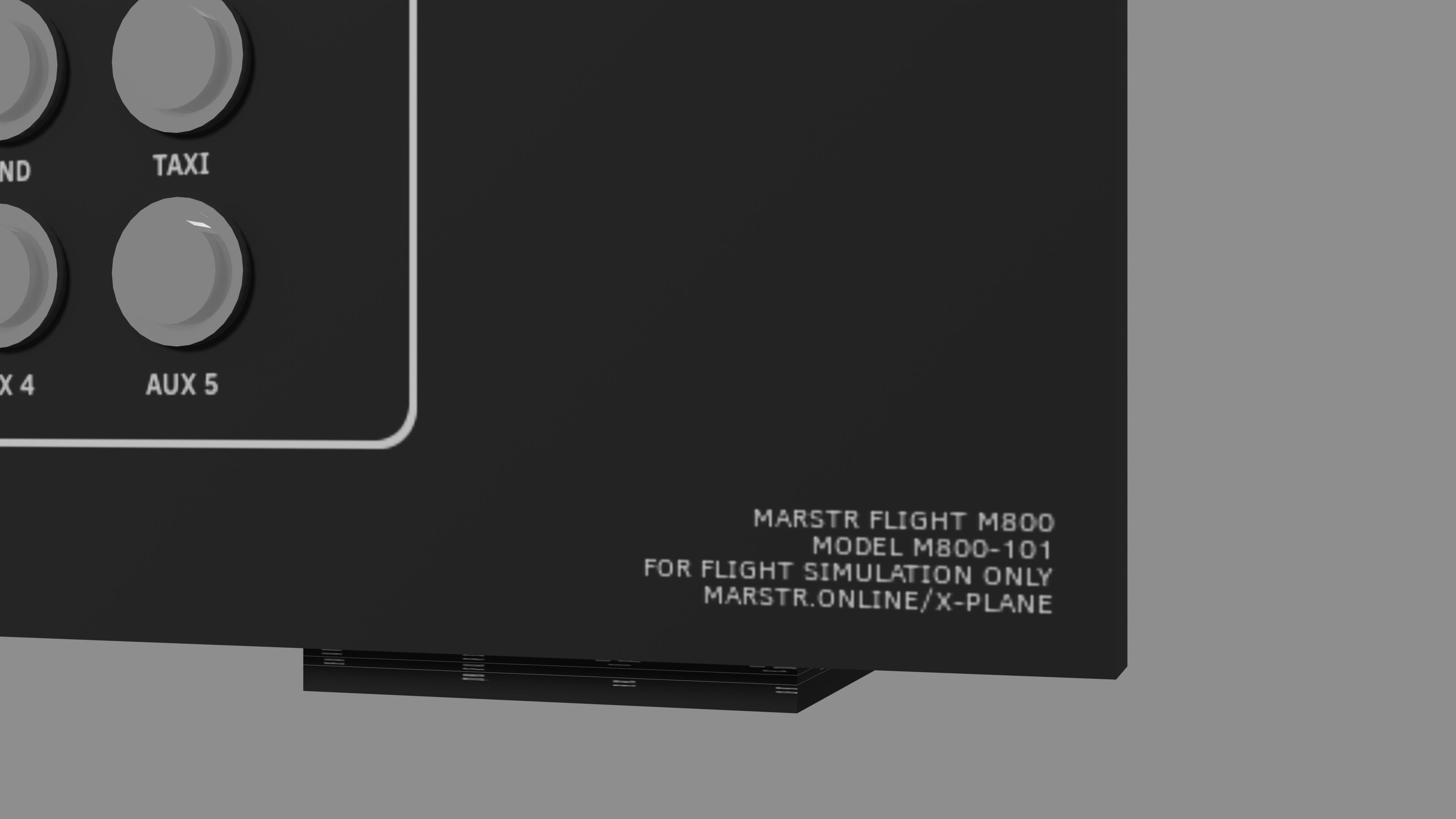 In the next part, I will have ordered some parts for assembly. This is going to be fun. |
